Triển lãm “Lam” của Lê Quý Tông
Khai mạc: 18:30, thứ bảy 12/12/2015
Triển lãm: 08:00 – 22:00, 13/12/2015 – 11/01/2016
Manzi Art Space
Thông tin từ Manzi:
Tháng 12 này, Manzi hân hạnh giới thiệu triển lãm cá nhân của nghệ sĩ Lê Quý Tông, với tên gọi “Lam”. Các tác phẩm trong triển lãm là kết quả của quá trình nhiều năm làm việc trong thầm lặng và thể hiện một hướng đi rất khác so với các tác phẩm trước đây của anh. Kể từ sau triển lãm gần đây nhất vào năm 2008, Tông đã thử nghiệm nhiều kỹ thuật và chủ đề mới trong các sáng tác của mình. Mỗi thực nghiệm của anh giống như một cuộc thăm dò, khám phá và bóc tách loại hình mỹ thuật vốn được coi là truyền thống nhất – hội họa. “Lam” không chỉ đánh dấu sự trở lại của một tài năng tận tâm và kiên trì, mở ra một chương mới trong con đường thực hành của Tông, mà còn khẳng định vị trí tiên phong của anh trong cộng đồng nghệ thuật Hà Nội.
Với “Lam”, Lê Quý Tông thử nghiệm với tổ hợp chất liệu bao gồm hội họa, họa tiết trang trí và ảnh chụp tìm thấy. Các tác phẩm lấy xuất phát điểm là những ảnh tài liệu chụp lại các cuộc họp quan trọng và có tầm ảnh hưởng tới tiến trình lịch sử. Với nguồn gốc từ các kho lưu trữ tư liệu và kênh truyền thông đại chúng, những hình ảnh này trước tiên bị di dời khỏi ngữ cảnh nguyên thuỷ; sau đó được đặt để, phân tách và sắp xếp lại theo một trật tự mới đầy lạ kỳ, khiến người xem khó có thể giải mã đâu là thật, đâu là hư ảo, đâu đã bị bóp méo. Tổng hợp lại, chúng làm nổi bật lên những nét đặc trưng và giống nhau của toàn bộ các buổi họp: hội trường rộng lớn với những chiếc bàn vĩ đại, ghế nặng trịch và đèn trùm xa hoa; các đại biểu chìm đắm trong cuộc tranh luận sôi nổi hay kí kết; không khí của một sự kiện đầy tính nghi lễ vẫn còn quanh mặc dù toàn bộ ngữ cảnh và nội dung đã bị lột bỏ.
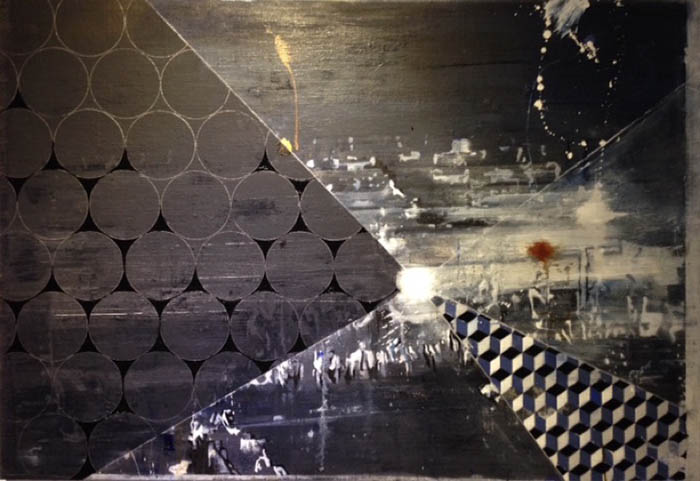
Sau khi ảnh được sao lại lên toan, Tông sử dụng một số thủ pháp xử lí như chia điểm ảnh, làm mờ, tráng phủ… để xây dựng các lớp khác nhau. Mỗi thành phẩm cuối cùng là tổng hợp của vô vàn tầng màu, mô-típ thị giác và hình ảnh đã được đặt lên, xoá đi, làm mờ và chồng đắp lên nhau. Được phủ bởi tông màu xanh lạnh lẽo, khi đặt cạnh nhau, cả sê-ri khơi gợi cảm giác hoài cổ về quá khứ vàng son; đồng thời góp phần xây dựng một ngôn ngữ và phong cách sáng tác thanh thoát, được củng cố bởi quan điểm, tác phong bài trí và xử lí màu sắc đồng nhất và đầy tính cá nhân.
Những hình hài và bóng người, khi nổi khi chìm. Những ám hiệu tượng hình, lúc ẩn lúc hiện. Những phom dạng và màu sắc, khi tách rời khi trộn lẫn. Tất cả đều gợi cảm giác quen thuộc về một dấu mốc, một sự kiện lịch sử nào đó. Nhưng dường như cái cụ thể nhất, quen thuộc nhất lại ám chỉ bất kì – hay tất cả – những dấu mốc, những sự kiện, những lịch sử. Déjà vu! Những hữu hình trước mắt ta gần gũi thật đó, nhưng trí óc lại không thể thấu hiểu vì sao. Ta đã gặp những hình ảnh này ở đâu? Ta thấy gì khi ta nhìn một hình ảnh đơn lẻ, một góc của sự kiện lịch sử? Còn những con người, tiếng nói và sự việc đã diễn ra suốt tiến trình, nhưng không được chọn để tư liệu hoá trong khuôn hình, trong bằng chứng đơn lẻ này, thì sao?
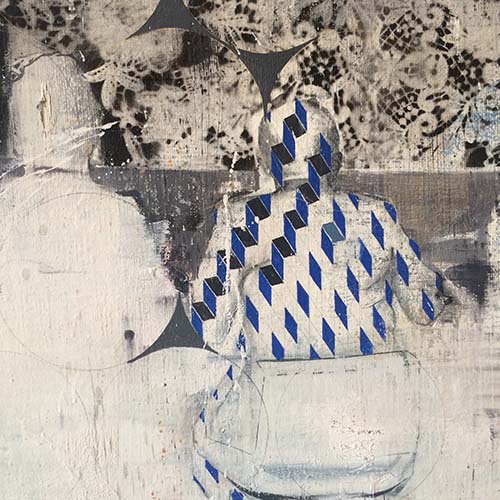
Từ đây, cấu tạo của kí ức và lịch sử – hay chính xác hơn là cấu tạo của kí ức và lịch sử thông qua tư liệu ảnh – bị nghệ sĩ mang ra chất vấn; đồng thời những giới hạn của chúng bị phơi bày. Những phần mờ đại diện cho sự quên lãng, hay sự che đậy? Những lớp màu phủ là đường dẫn tới các cách đọc khác, hay để tô điểm phần tối của câu chuyện? Những điểm vỡ làm nổi bật các đơn vị riêng lẻ quan trọng, hay làm khuất lấp và tách rời toàn cảnh? Việc tái sử dụng tư liệu hình ảnh bên ngoài bối cảnh, không gian và thời gian mà nó vốn thuộc về, có ý nghĩa gì? Hành động di dời này đóng vai trò gì trong tác phẩm cuối cùng? Phải chăng nó sẽ củng cố tri thức và niềm tin của ta trước tư liệu lịch sử? Hay nó đang phơi ra ánh sáng tính nguỵ tạo của những công cụ có khả năng bóp méo sự thật và ảnh hưởng tới nhận thức?
Với tư duy và phong thái thực hành nghệ thuật có hàm lượng lao động lớn – vừa trực giác vừa hệ thống, vừa khuôn khổ vừa phi giới hạn – Lê Quý Tông đã tạo ra một thế giới động trong không gian của “Lam”, nơi ta được tiếp cận với các lằn ranh ngăn cách cái thực và cái hư, sự thuần túy và sự giả tạo. Xanh – khí sắc của “Lam” – là sợi chỉ xâu chuỗi các tác phẩm riêng biệt với nhau, chiêu hồi một không khí buồn sâu sắc. Xanh cũng tượng trưng cho lòng trung thành và chân lý. Một sự đối nghịch hoàn hảo, bởi khác với sự thật, “Lam” gợi mở và chất vấn bản chất bất định của sự thật.
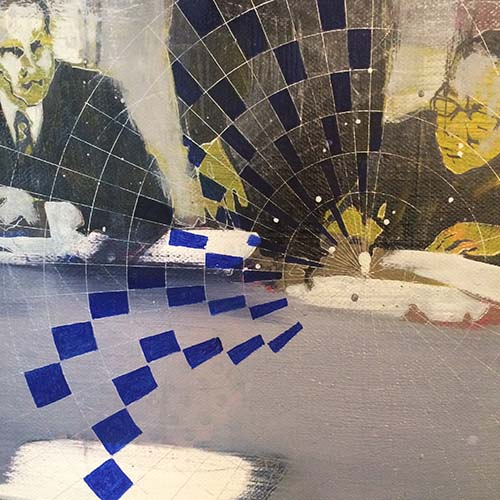
Về nghệ sỹ Lê Quý Tông
Sinh năm 1977 tại Hà Nội, tốt nghiệp Đại học Mỹ thuật Hà Nội năm 2000, Lê Quý Tông là một trong những nghệ sĩ xuất sắc của mỹ thuật Việt Nam hiện đại. Hiện anh sống và làm việc tại Hà Nội.
Thời gian, kí ức, sự trống trải, sự hoài nghi và quá trình liên tục chất vấn bản chất là những nguồn cảm hứng bất tận nuôi dưỡng sáng tác của Quý Tông, thúc giục anh lao động cùng lúc trên nhiều ý tưởng và với nhiều chất liệu khác nhau. Luôn đượm buồn với tông màu lạnh thời thượng, tranh phong cảnh của Quý Tông không một bóng người. Ở đó, người xem cô đơn đối diện với các biểu tượng của một đô thị đang trải qua quá trình hiện đại hoá, công nghiệp hoá chóng mặt. Ngược lại, chùm thử nghiệm của anh với tranh chân dung lại đẩy người xem vào một thế giới mộng mị và mất phương hướng, được xây dựng bởi chồng ghép các tầng lớp mang sắc pastel và motif thị giác vừa quen thuộc, vừa xa lạ.
Tông đã thực hiện các triển lãm cá nhân tại Apricot Gallery tại Anh và Trung Tâm Nghệ Thuật Việt tại Hà Nội. Anh cũng từng tham gia nhiều triển lãm trong và ngoài nước như: triển lãm họa sĩ trẻ châu Á, Nhật Bản (1999), “Visage du Vietnam”, Bảo tàng Henry Martin, Cahors, Pháp (2003), workshop “Việt Nam, Thái Lan, Mỹ”, Bangkok, Thái Lan (2004), “Hà Nội 5000 Hồ Gươm”, Bảo tàng mỹ thuật Hà Nội (2007)… Tranh của Lê Quý Tông có mặt trong bộ sưu tập nghệ thuật của Bodnar (Bodnar Art Collection) và bộ sưu tập nghệ thuật đương đại Việt Nam Post Vidai, Thụy Sĩ, cùng một số bộ sưu tập cá nhân khác.
Đối tác truyền thông: Hanoi Grapevine, The Word Vietnam and &OfOtherThings
Đọc thêm về các tác phẩm của Lê Quý Tông:
Triển lãm “Catalyst” tại Đông Phong Gallery
KVT – Lê Quý Tông………Trước triển lãm “Chất xúc tác”
KVT – Lê Quý Tông Phần 2…….Chất xúc tác?
 | Manzi Art Space 14 Phan Huy Ích, Hà Nội |
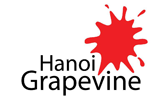

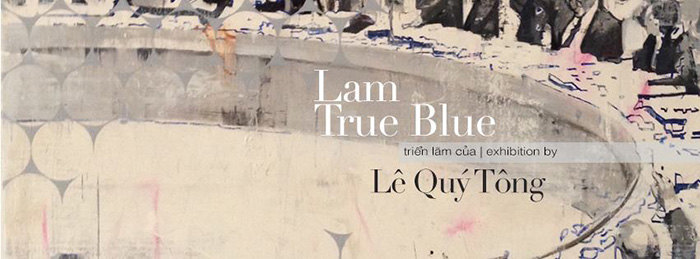
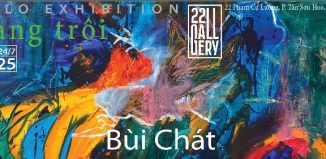
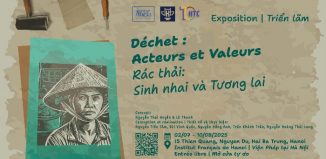














… with all due respect, i am kind of perplexed by the above exhaustive expose, which presumably is meant to function as an announcement and invitation for the exhibition…
… why?… because if it is meant to introduce the exhibition, it is actually an exhaustive explanation, a thoroughly pre-emptive review of an exhibition yet to come, which leaves no room for the novelty factor, erases the anticipation of first & foremost of all see the art.
… if artists and exhibition organizers today (no matter how well meaning) must pre – condition the viewer so thoroughly with the written word, then what is the function of the visual art itself they make and exhibit as such?
… and, as to not leave room for prejudicial viewing, this type of introduction is best serving reserved for the opening night of the exhibition…